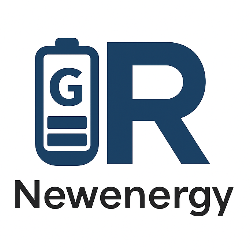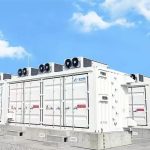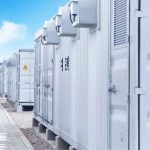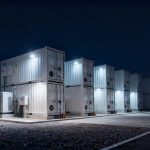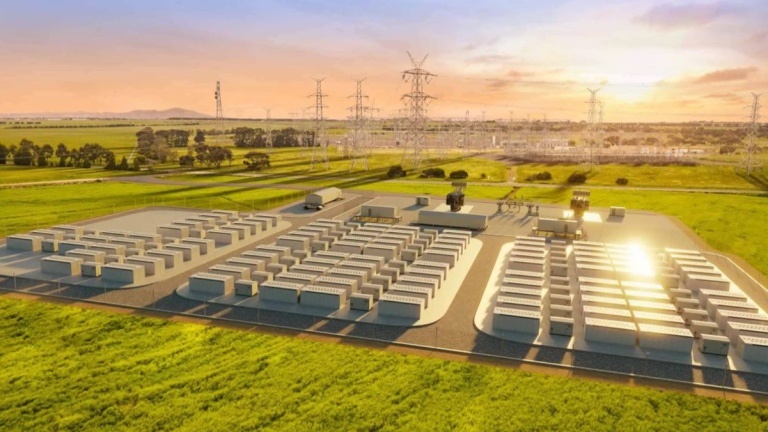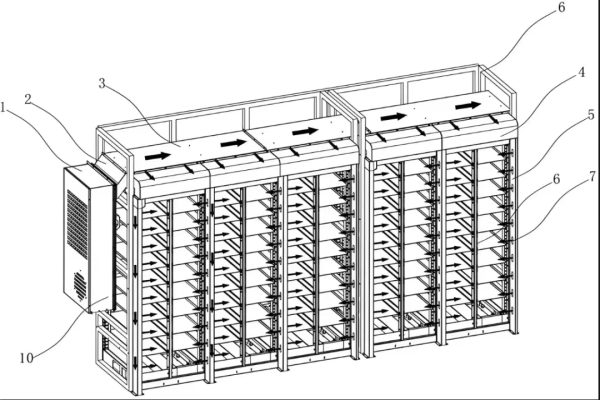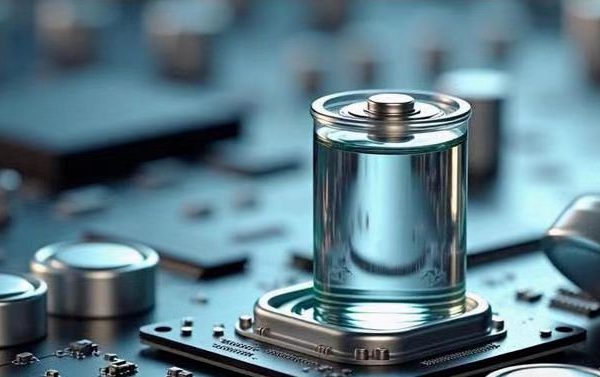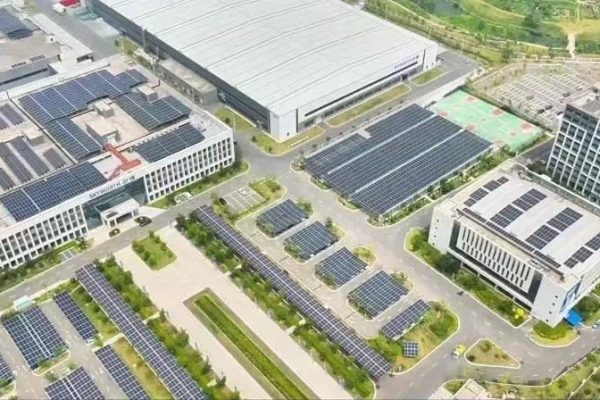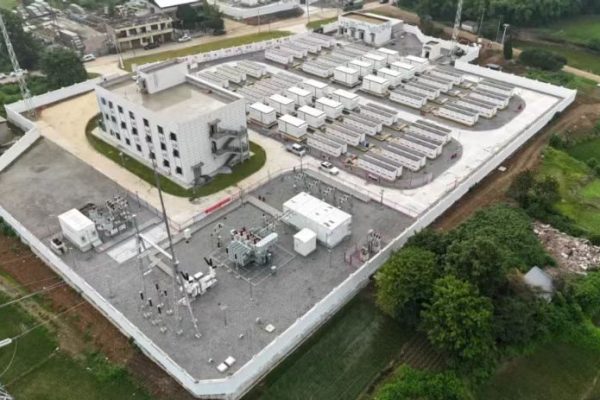In recent years, energy storage systems (ESS) have moved from being an industry buzzword to becoming a cornerstone of global clean energy adoption. Buyers, investors, and project developers frequently turn to LinkedIn to ask critical questions before making purchasing decisions. For companies engaged in international trade of energy storage technologies, understanding these questions is key to building trust, generating leads, and closing deals.
This article explores the top questions energy storage buyers ask on LinkedIn, and provides clear, expert-driven answers that suppliers and manufacturers can use to engage their audience.
Why LinkedIn Matters for Energy Storage Buyers
LinkedIn is not just a recruitment platform anymore—it has evolved into a B2B knowledge hub where engineers, procurement officers, and project developers openly discuss challenges in battery energy storage systems (BESS).
Buyers use LinkedIn for:
- Comparing energy storage suppliers worldwide
- Checking technical updates on lithium-ion, flow batteries, and hybrid storage solutions
- Networking with reliable EPC contractors and integrators
- Understanding export regulations and certifications for international procurement
For suppliers, this means answering buyer questions publicly on LinkedIn positions you as an authority in the energy storage industry.
Top Questions Buyers Ask on LinkedIn
1. What Is the Best Energy Storage Technology for My Project?
Buyers frequently ask: “Should I choose lithium-ion, sodium-ion, or flow batteries?”
- Lithium-ion batteries dominate due to their high energy density, scalability, and declining costs.
- Sodium-ion batteries are emerging as a cost-effective alternative, especially in markets with limited lithium supply.
- Flow batteries (vanadium redox, zinc-bromine, etc.) offer long-duration storage, making them attractive for grid-scale renewable integration.
Answer tip: Frame responses around application-specific use cases—for example, lithium-ion for residential & C&I, flow batteries for utility-scale storage.
2. How Do I Calculate the Right System Size (kWh/MWh)?
One of the most common LinkedIn buyer posts is: “How do I size a 50kWh+ or 1MWh+ storage system?”
Sizing depends on:
- Load profile (daily energy demand, peak loads)
- Duration requirement (2-hour vs. 4-hour discharge)
- Integration (with solar PV, wind, or diesel generators)
- Grid regulations (demand response, backup compliance)
Example:
- A commercial facility may need 500kWh with 2-hour backup.
- A utility project may scale to 100MWh with 4–6 hours of storage.
Answer tip: Offer a calculation formula or online sizing tool—this encourages engagement and positions your company as a solution provider.
3. What Is the Real Lifetime of a BESS?
Buyers often ask: “How many years will the system last?”
- Lithium-ion systems: 8–12 years (depending on depth of discharge, cycle count, and thermal management).
- Flow batteries: 15–20 years (because electrolyte does not degrade).
- Warranty terms: 5–10 years depending on manufacturer.
Answer tip: Stress that operation and maintenance (O&M) practices strongly influence lifetime. Encourage predictive maintenance and monitoring systems.
4. How Safe Are Large-Scale Batteries?
Safety is a top concern on LinkedIn threads, especially after news of thermal runaway incidents. Buyers ask: “Can these systems catch fire?”
- Lithium-ion: Risk of thermal runaway if poorly designed or installed.
- Best practices: Use UL9540A-certified systems, advanced BMS, and fire suppression.
- Alternative chemistries: LFP (Lithium Iron Phosphate) batteries are safer than NMC.
Answer tip: Always highlight compliance with international certifications (IEC, UL, CE). This reassures global buyers.
5. What Certifications Do I Need for Import/Export?
International buyers often ask: “Which certifications are required for shipping energy storage systems?”
- General standards: CE (Europe), UL (US), IEC (global).
- Transport regulations: UN 38.3 certification for lithium-ion batteries during shipping.
- Grid compliance: Some markets require additional local testing (e.g., CEC in Australia, GB/T in China).
Answer tip: Provide a compliance checklist PDF to buyers—it positions you as an export-ready supplier.
6. What Is the Total Cost of Ownership (TCO)?
On LinkedIn buyer discussions, cost is always central: “What is the payback period for energy storage?”
TCO includes:
- CapEx: Initial battery and inverter costs
- OpEx: Maintenance, software updates, insurance
- Revenue streams: Peak shaving, demand charge reduction, frequency regulation
Example:
- A 1MWh system may cost $300,000–$500,000, but can save $50,000–$100,000 annually in demand charge reduction.
Answer tip: Position your solution as cost-transparent with clear ROI models.
7. Can Storage Systems Be Integrated with Renewable Energy?
Buyers often ask: “How do I connect storage with solar/wind?”
- PV + Storage: Smooths output, maximizes self-consumption, supports microgrids.
- Wind + Storage: Balances intermittent generation, provides grid services.
- Hybrid systems: Diesel + solar + storage are trending in off-grid markets.
Answer tip: Share case studies of successful PV+Storage or Wind+Storage projects to build credibility.
8. How Fast Can These Systems Be Installed?
Time-sensitive buyers ask: “What’s the delivery and commissioning timeline?”
- Small C&I projects (100–500kWh): 1–3 months from order to commissioning.
- Utility-scale (10–100MWh): 6–12 months depending on permitting and grid connection.
Answer tip: Highlight your supply chain readiness and local partnerships to shorten timelines.
9. What Are the Financing Options?
Many buyers on LinkedIn are project developers, asking: “Can we lease or finance storage projects?”
- Direct purchase (CapEx model)
- Leasing / Power Purchase Agreements (PPA)
- Energy-as-a-Service (EaaS) models
Answer tip: Provide insights on green financing and partnerships with international banks or funds.
10. Who Are the Reliable Global Suppliers?
Finally, buyers openly ask LinkedIn groups: “Which supplier can I trust?”
Suppliers should:
- Share transparent case studies
- Display certifications and references
- Be active in LinkedIn discussions with valuable insights, not just promotions
Answer tip: Build trust by answering questions, not just advertising products.
How Suppliers Should Respond on LinkedIn
To convert LinkedIn discussions into business opportunities:
- Answer publicly, follow up privately – give general advice openly, then DM buyers for detailed proposals.
- Post case studies & white papers – buyers want proof of successful deployments.
- Engage with industry hashtags – e.g., #energystorage, #lithiumion, #BESS, #renewableenergy.
- Use visual content – infographics of system designs or ROI charts get higher engagement.
Final Thoughts
Energy storage buyers on LinkedIn are not just browsing—they are actively sourcing solutions. By understanding and addressing their top questions, suppliers can position themselves as trusted global partners.
For B2B energy storage companies, the formula is simple: educate, engage, and establish trust. The buyers are already asking—the suppliers who answer first, and answer best, will win the deals.
